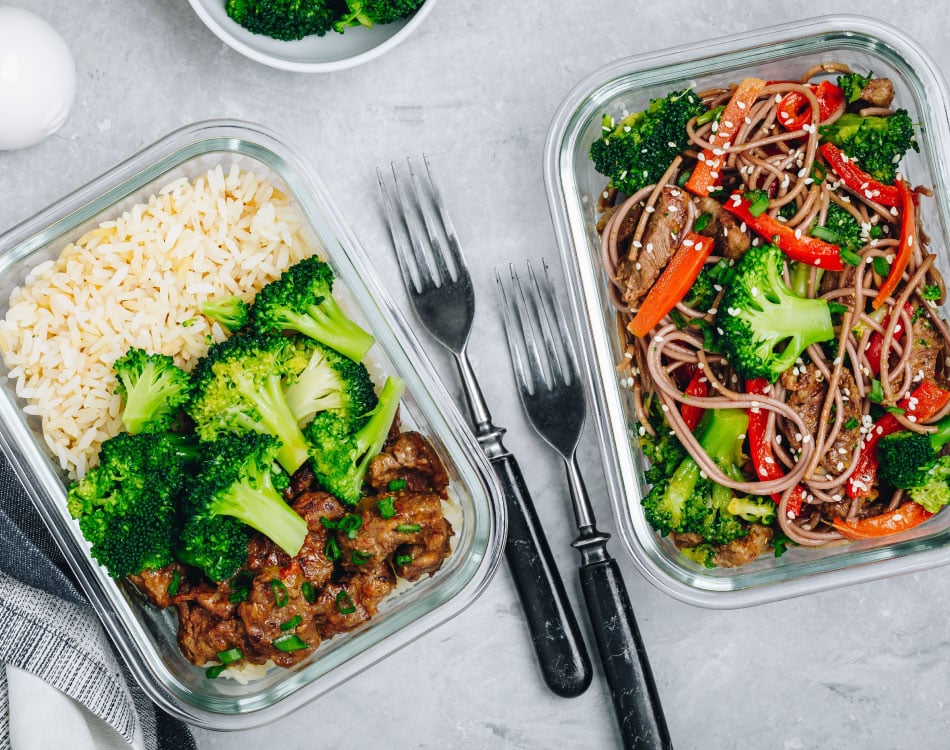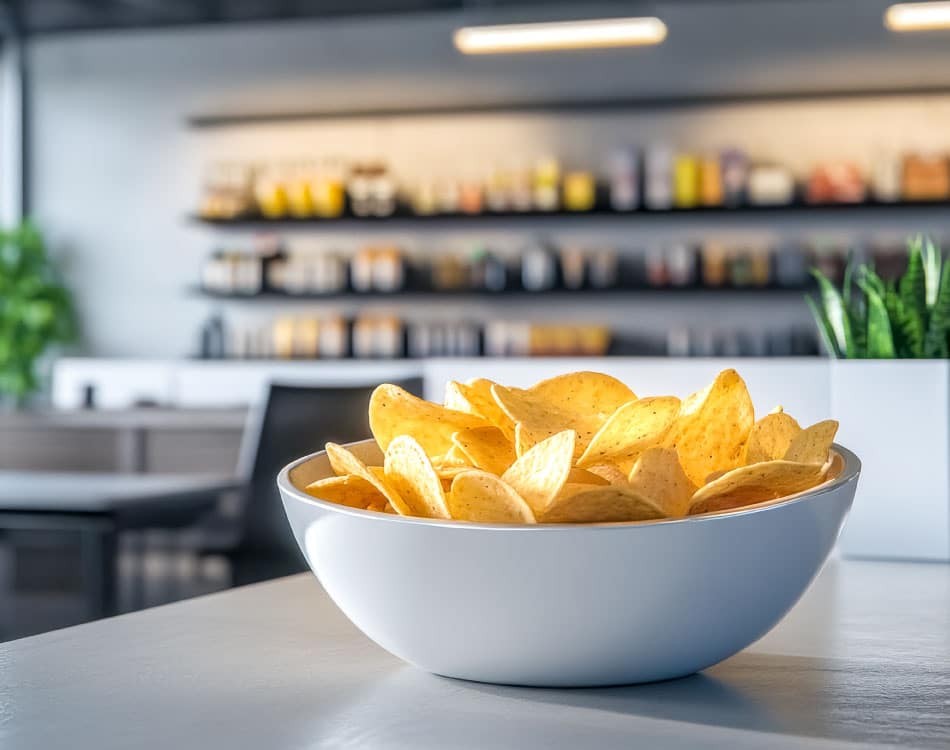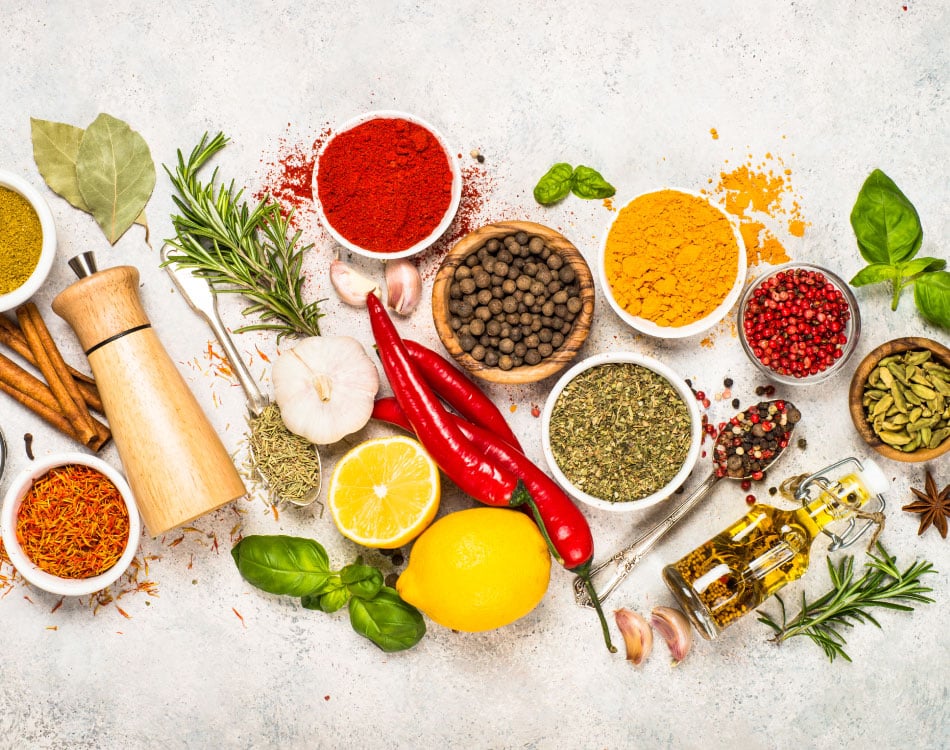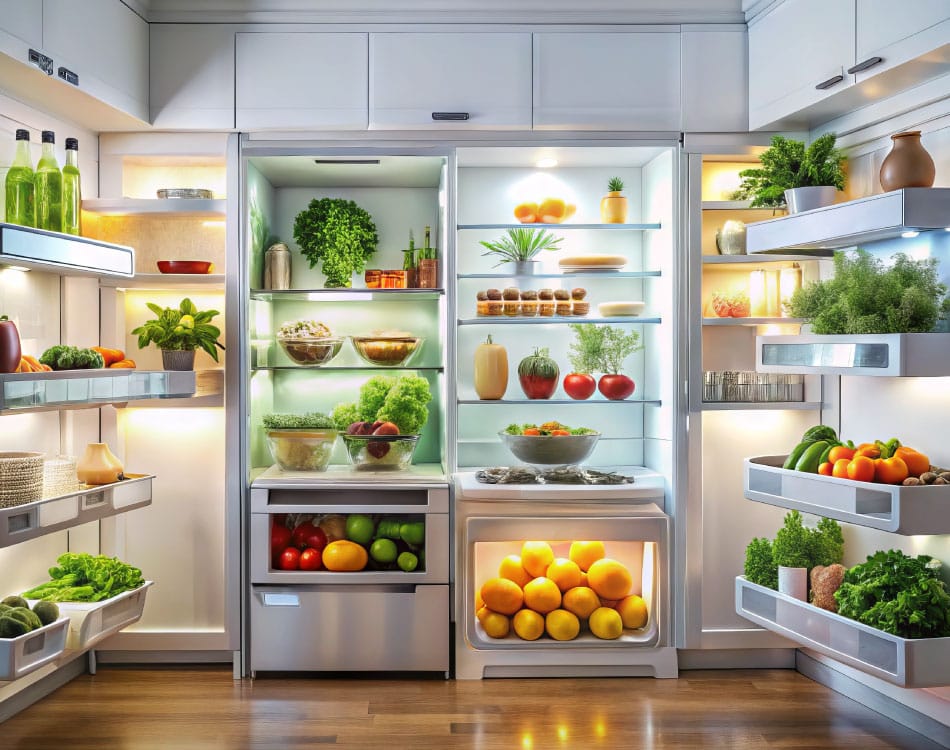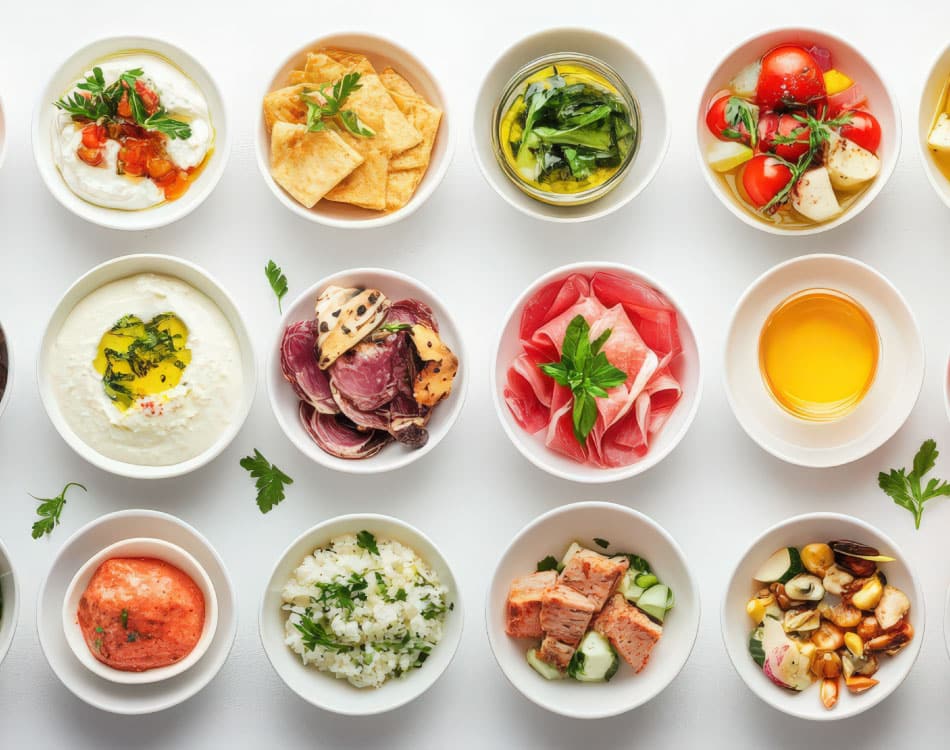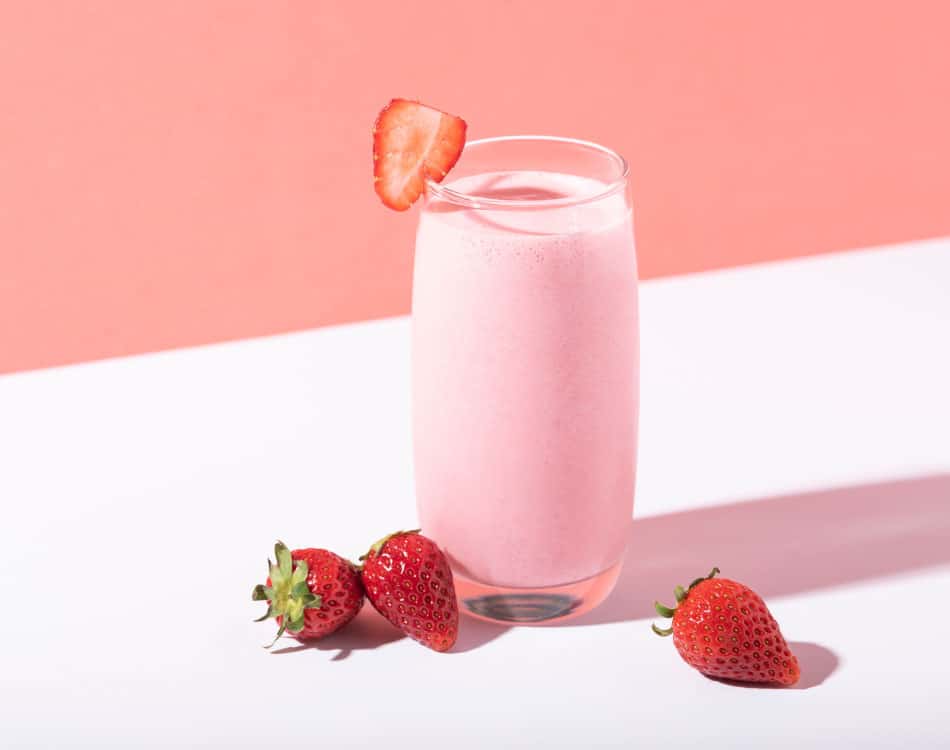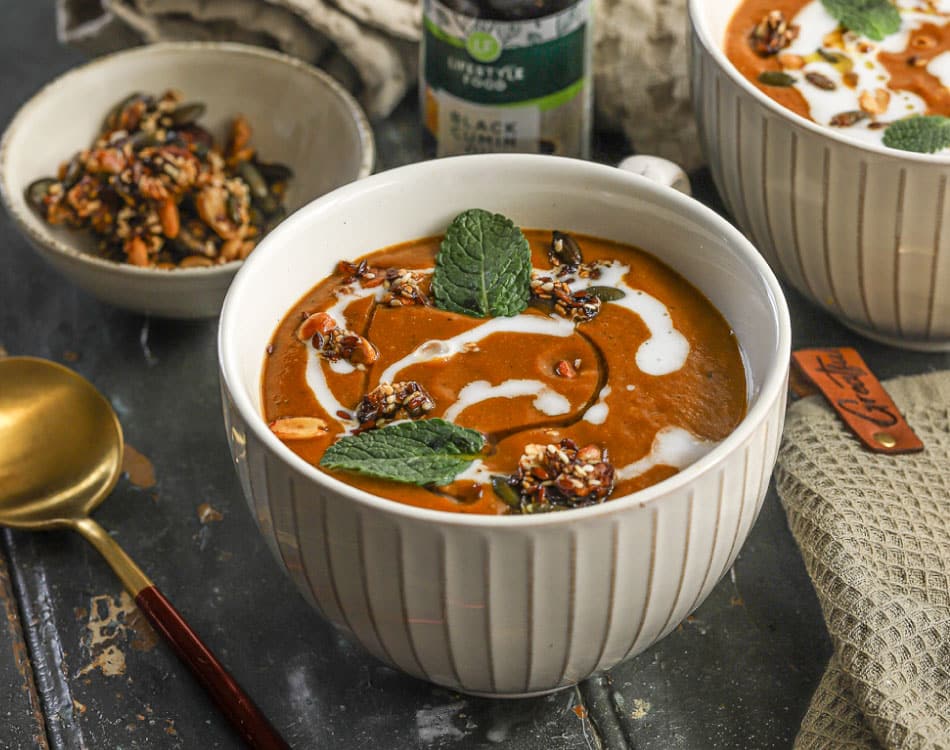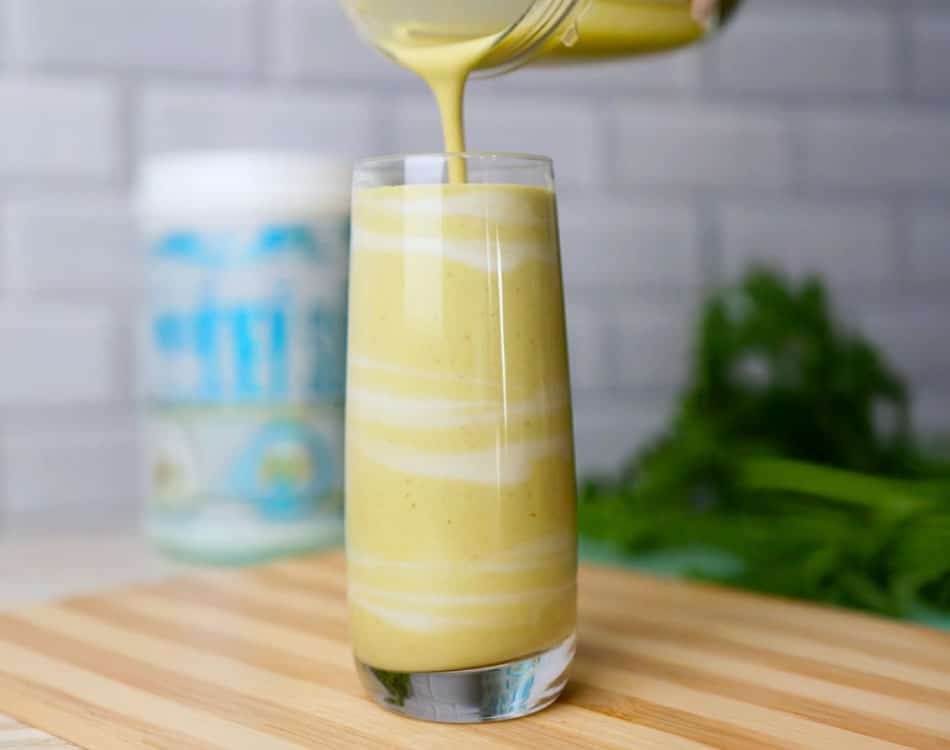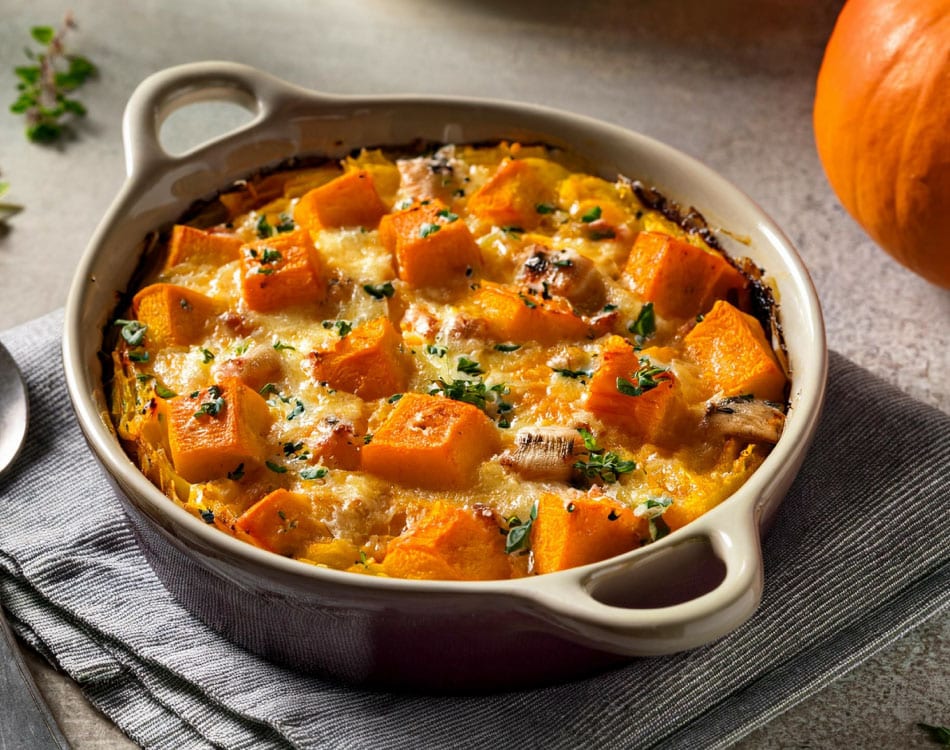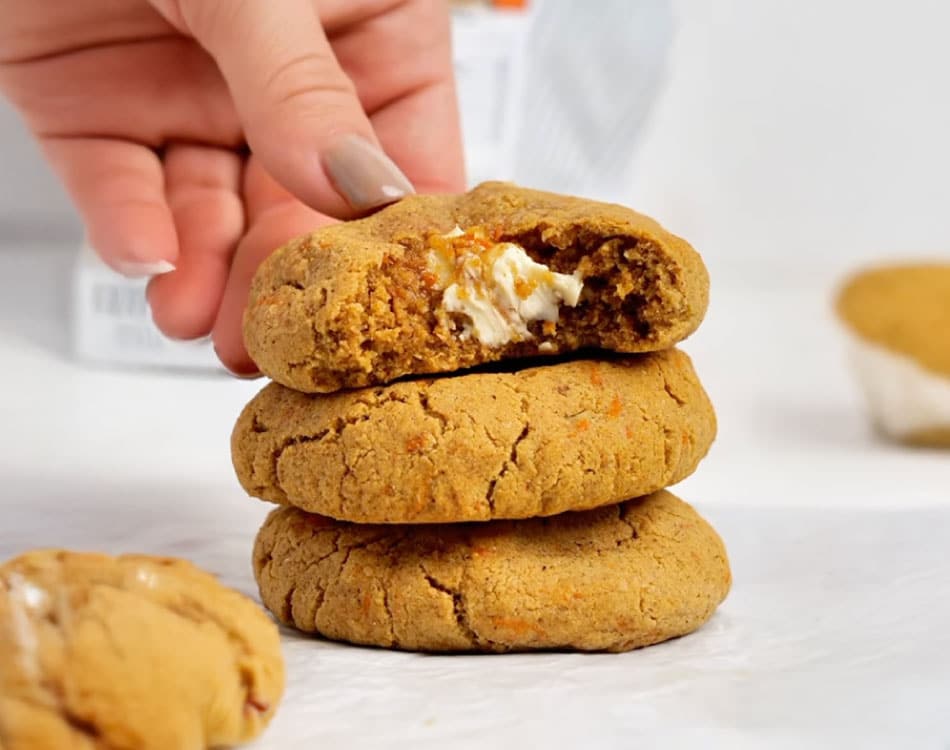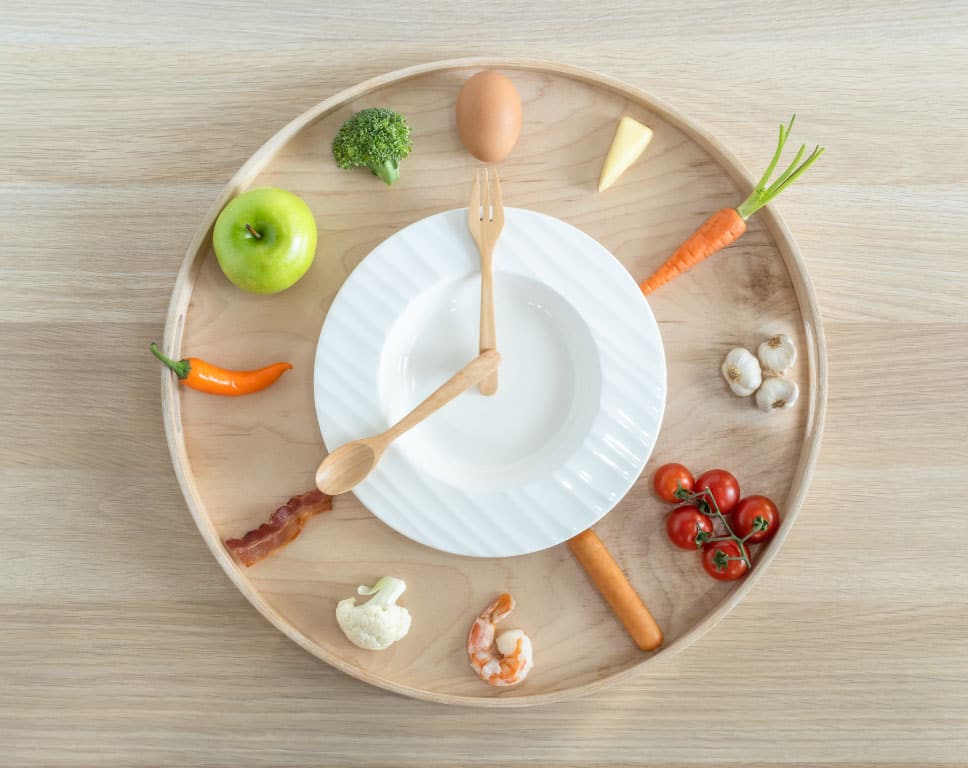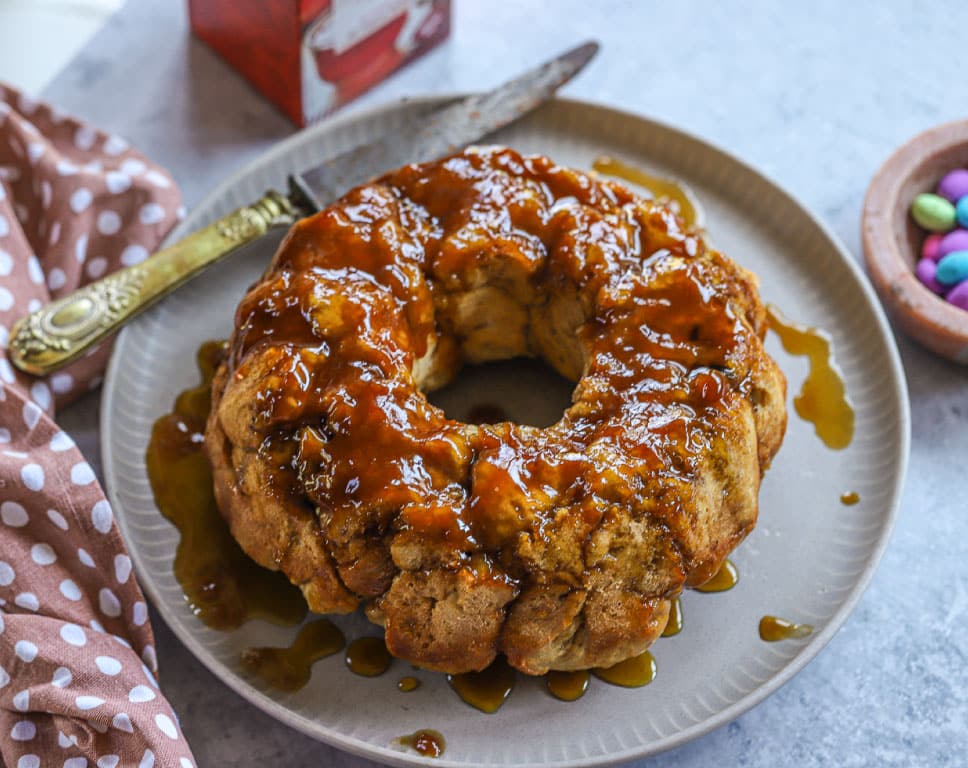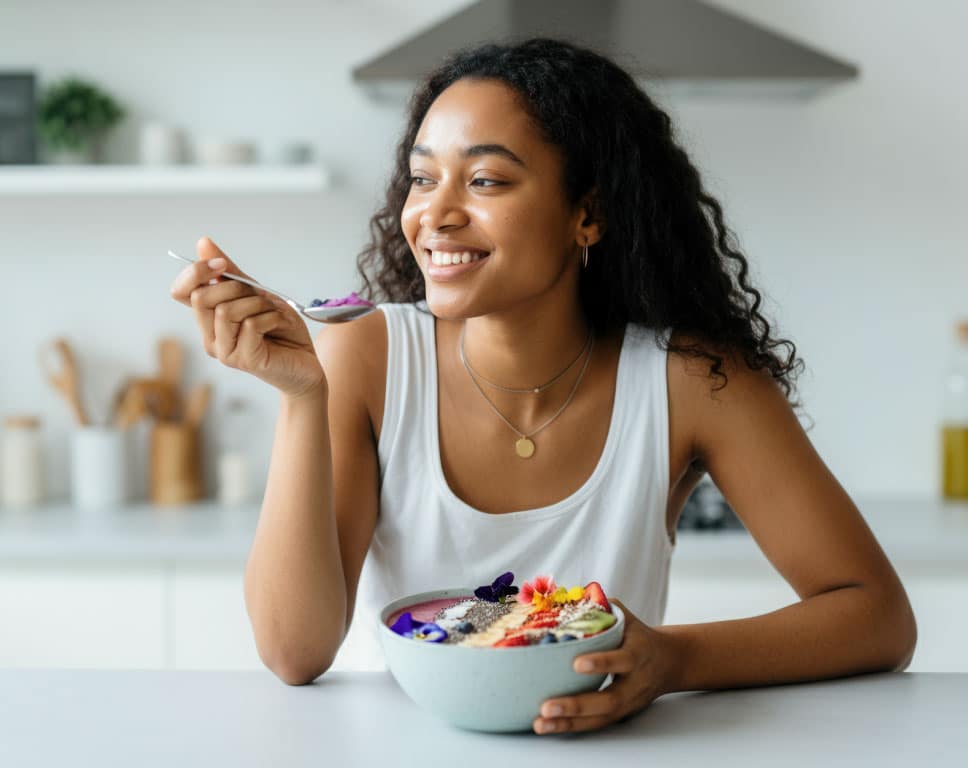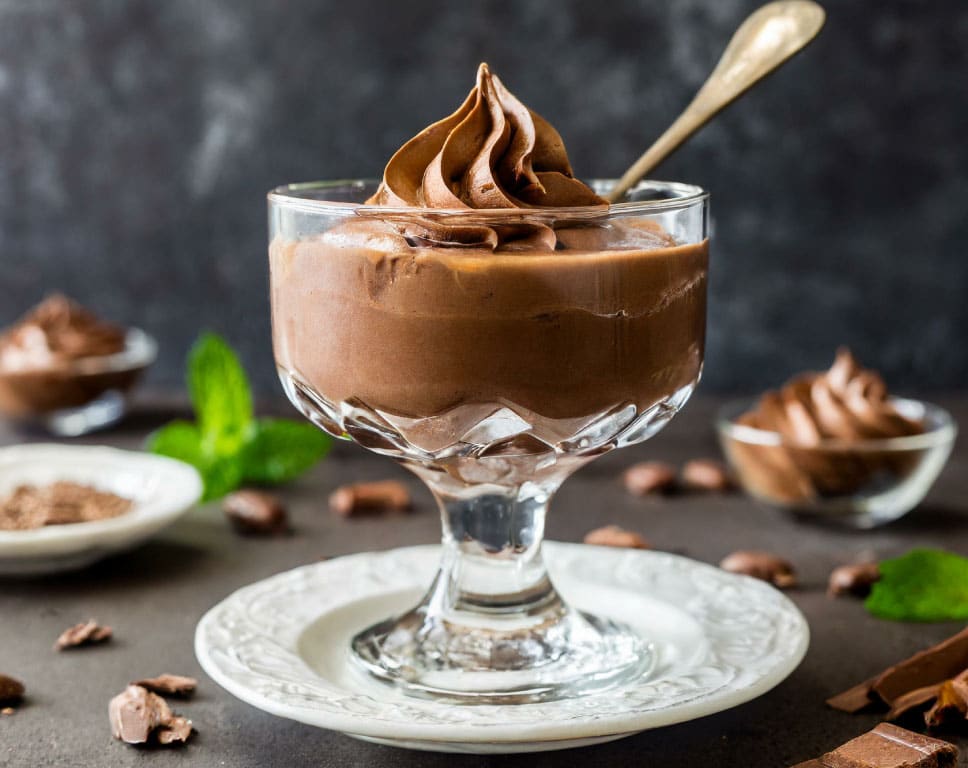One of the most important truths in the health and fitness industry is that you can’t out-train a bad diet, which is why these 5 kitchen hacks can help you win war against your weight.
Whether you’re starting a transformation to lose 20 kilos, or simply want to shed some fat for a slimmer physique, these tips and advice can help you get there.
Hack #1: Prep meals in advance
Preparation is the key to sticking to your weight loss diet or transformation plan because, as the popular motivational quote states, “if you fail to prepare, prepare to fail”.
Meal prep not only saves time and money, but it also helps you make healthier choices throughout the week as you don’t have to resort to unhealthy substitutes like takeout or convenience foods.
Cooking meals in advance and portioning food into containers ensures you always have a meal ready when you’re supposed to eat. It also removes the guesswork at mealtime, letting you go about your day without worrying about preparing fresh meals from scratch each time, which isn’t realistic in today’s time-strapped lifestyle.
Simply invest a few hours on the weekend and again in the middle of the week cooking larger portions and dividing them into batches. A popular approach is batch cooking on Sundays and Wednesdays.
Prepare batches of different base ingredients, like vegetables or a large bowl of quinoa or brown rice, which are ideal to whip up salads or poke bowls or serve as a side dish. You can also prep entire meals and freeze them.
Hack #2: Out of sight, out of mind
Researchers at Cornell University1 found that people who stored foods and beverages such as sweets, refined breakfast cereals, and fizzy drinks on their kitchen counters weighed 9-12 kilos more than people who kept these items out of sight.
An even better idea is to create cheat-free kitchens. If an unhealthy treat or no-go food item is not in your kitchen or pantry cupboard, you can’t munch on it when those cravings hit.
So don’t buy refined and processed foods or items that are loaded with sugar. Rather stock up on complex carbohydrates like brown and wild rice, rolled oats and quinoa over processed and refined easy-cook oats, white rice, pastas and breads.
You can also use these and other better-for-you ingredients and the numerous recipes available on the Dis-Chem Living Fit website to create satisfying treats that can replace sweets and chocolates in your home.
Hack #3: Flavour saver
Don’t depend on calorie- and sugar-laden sauces and creams to flavour your meals. Many sauces, even seemingly healthy ones, can be high in added sugars, unhealthy fats, and calories.
Rather use a variety of natural herbs and spices to add depth and different taste sensations to your meals.
Herbs and spices offer a wealth of flavour without adding significant calories, sugar, or sodium. They can also provide antioxidants and other health benefits.

Hack #4: Feng shui your fridge
Feng shui your refrigerator by decluttering and reorganising your perishable foods. People usually grab things they can see, and food tucked away in drawers – usually your fresh fruits and veggies – tend to get forgotten.
Place the foods that you want to eat more of, such as fresh fruits and vegetables, lean meats, eggs and hummus, at eye level in your fridge so you’re more likely to grab these first when you’re hungry.
By making your most perishable items easiest to see, which are usually fresh, natural whole foods, you will start to eat healthier and waste less food.

Hack #5: Use smaller dishes
Dishing up your meals in a smaller plate or bowl can help you keep portions in check and eat fewer calories overall.
Study findings2 support the concept that plate size distorts our estimates of meal size, causing us to eat more. For instance, in one study3, older children consumed 52% more cereal when served in a larger bowl.
Dishing up using smaller utensils, like a teaspoon instead of a dessert spoon, can also help reduce your total calorie intake.
If you don’t have access to a small plate, you can use these handy cues to estimate the appropriate portions to ensure you don’t overeat,.
- 1 protein portion = Palm of your hand
- 1 portion of veggies = Two clenched fist
- 1 portion of grains = A clenched fist
- 1 carb portion = A cupped hand
And don’t forget to consider your drinking glasses, especially if you’re drinking something other than water. Using giant glasses to serve sugary drinks or juices can exponentially increase your daily sugar intake.
References:
- Wansink B, Hanks AS, Kaipainen K. Slim by Design: Kitchen Counter Correlates of Obesity. Health Educ Behav. 2016 Oct;43(5):552-8. doi: 10.1177/1090198115610571. Epub 2015 Oct 19. PMID: 26481966.
- David Sharp, Jeffery Sobal, Elaine Wethington; Do adults draw differently-sized meals on larger or smaller plates? Examining plate size in a community sample, Food Quality and Preference, Volume 74, 2019, Pages 72-77, ISSN 0950-3293, https://doi.org/10.1016/j.foodqual.2019.01.012.
- Wansink B, van Ittersum K, Payne CR. Larger bowl size increases the amount of cereal children request, consume, and waste. J Pediatr. 2014 Feb;164(2):323-6. doi: 10.1016/j.jpeds.2013.09.036. Epub 2013 Nov 16. PMID: 24252795.


